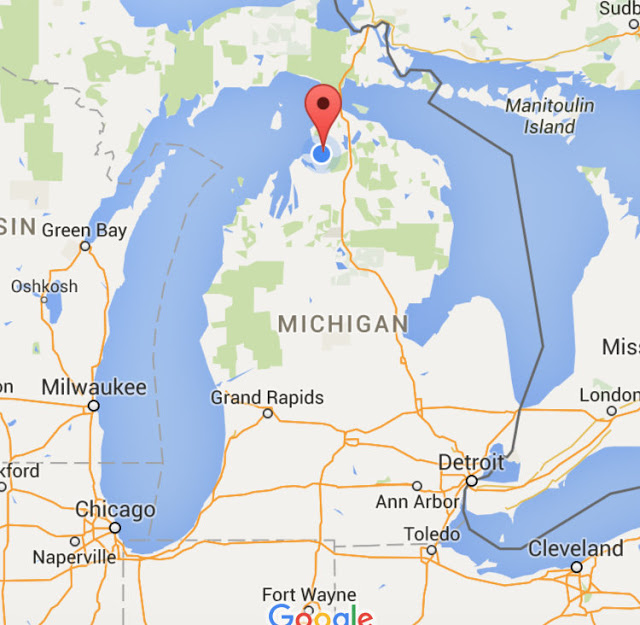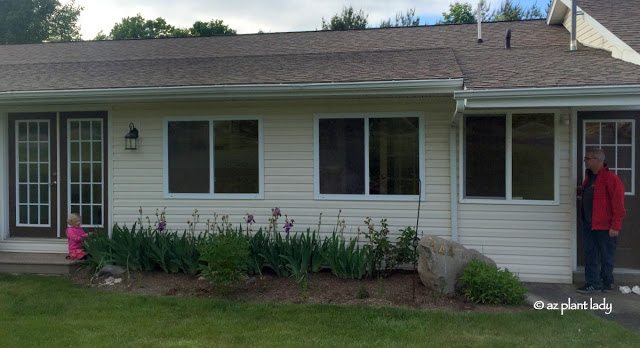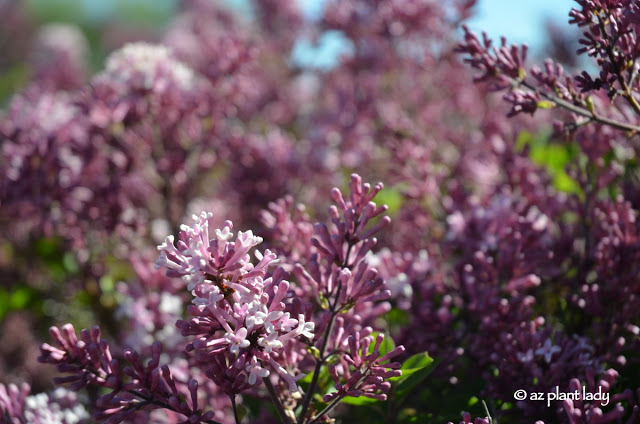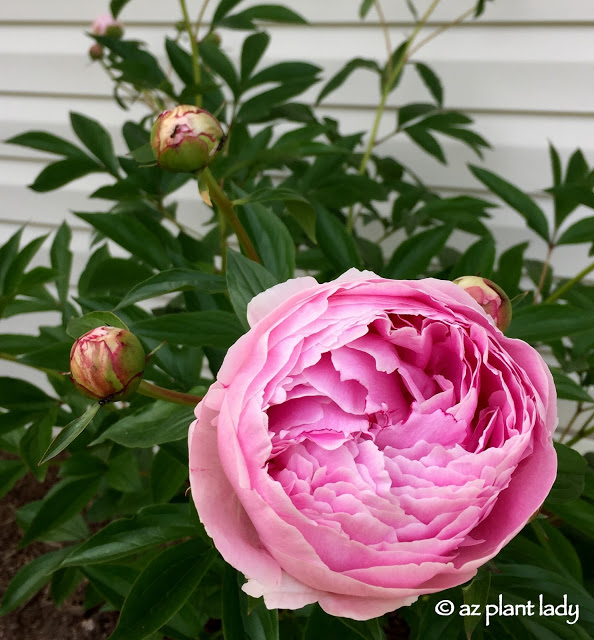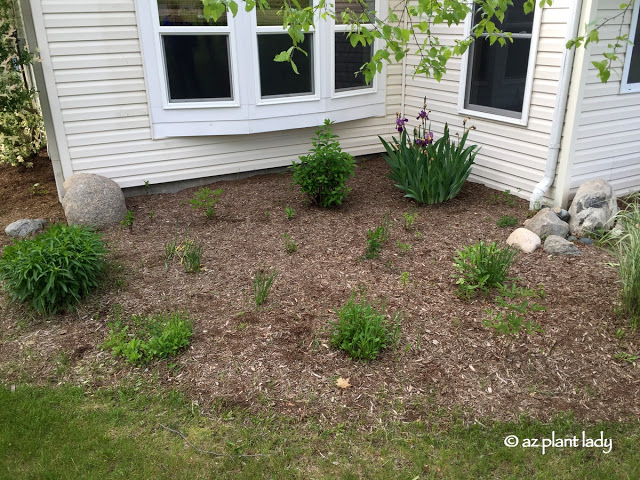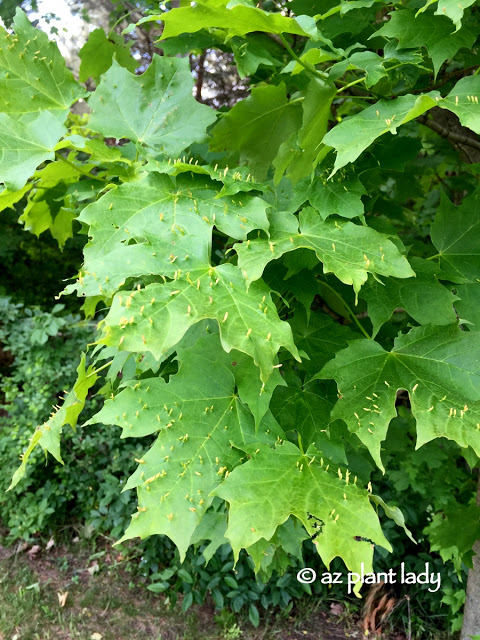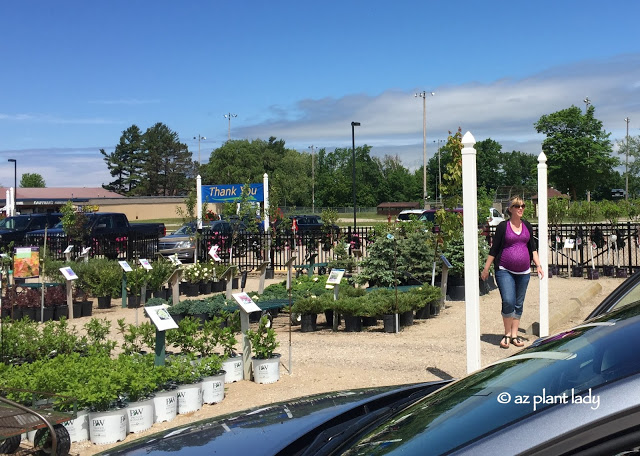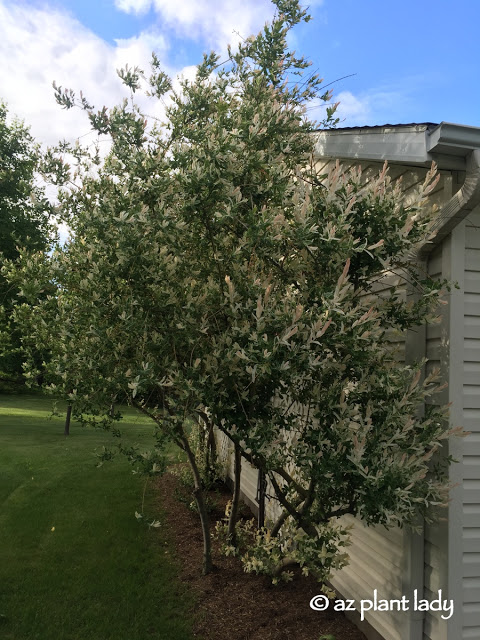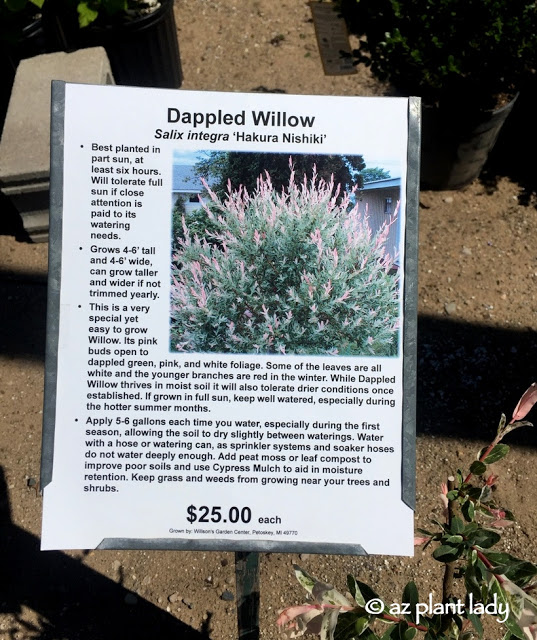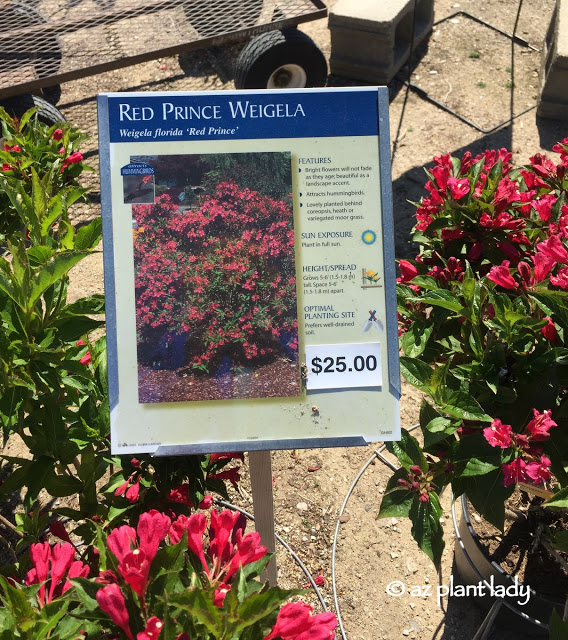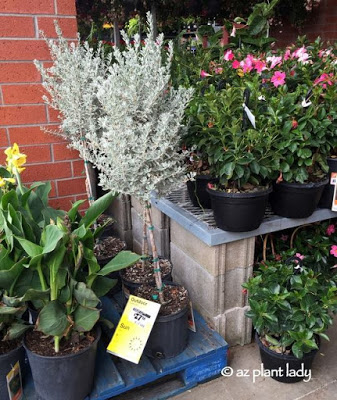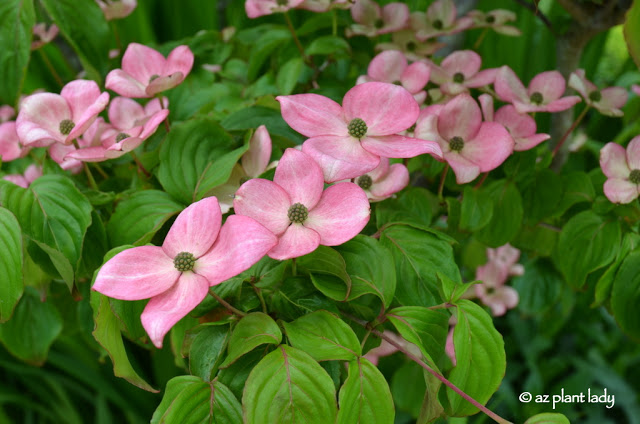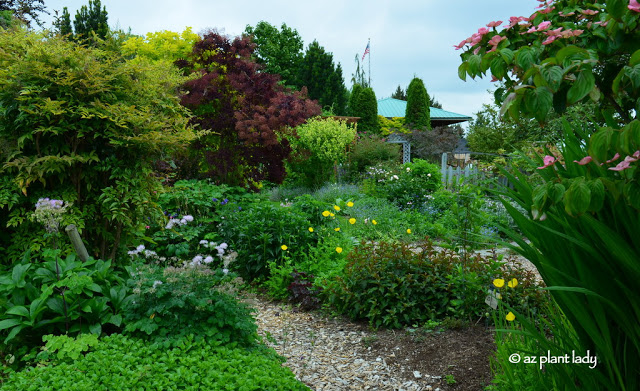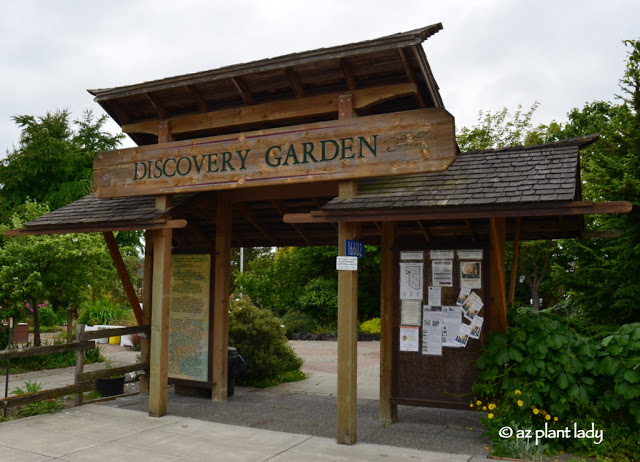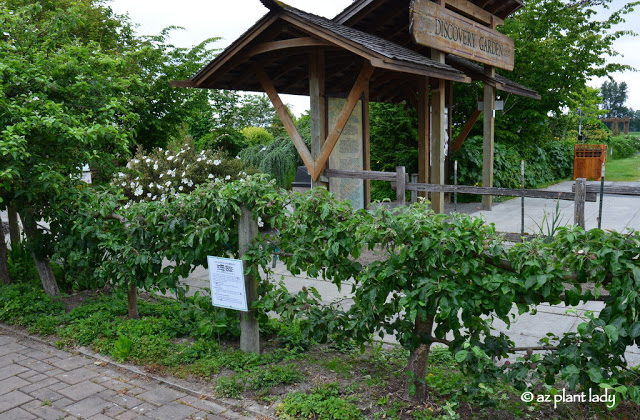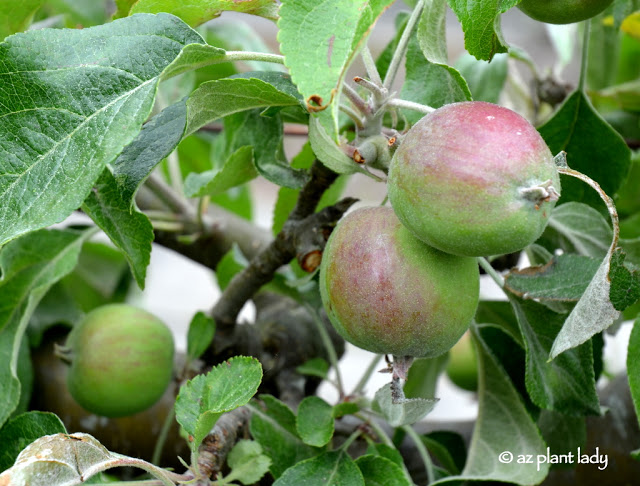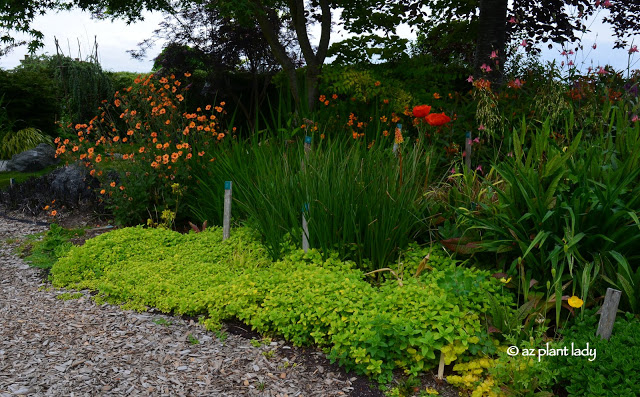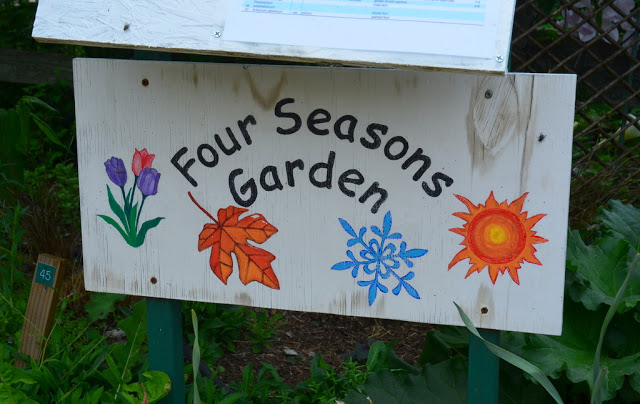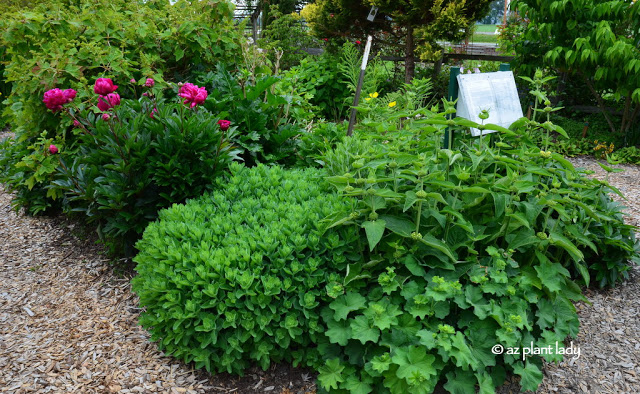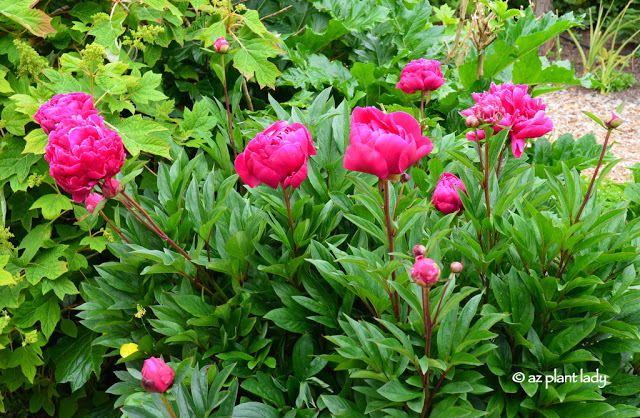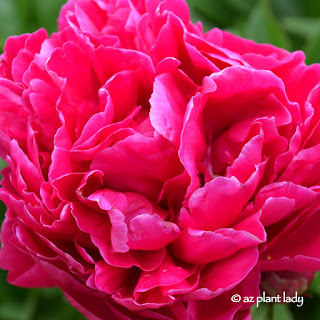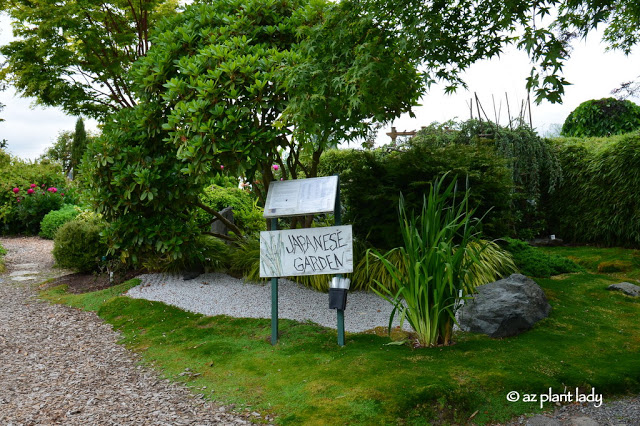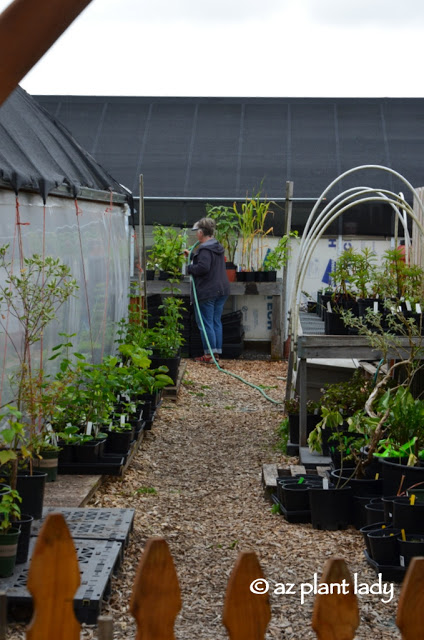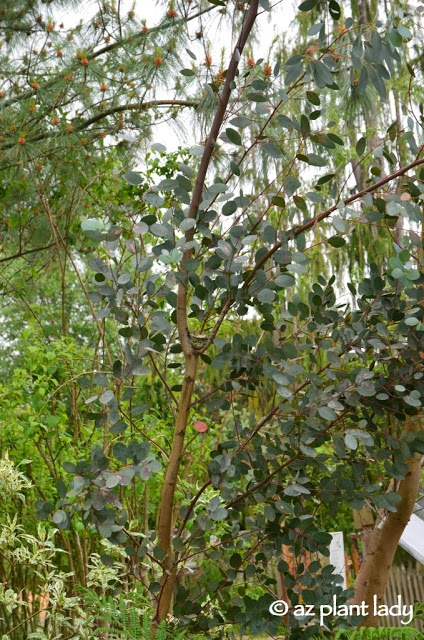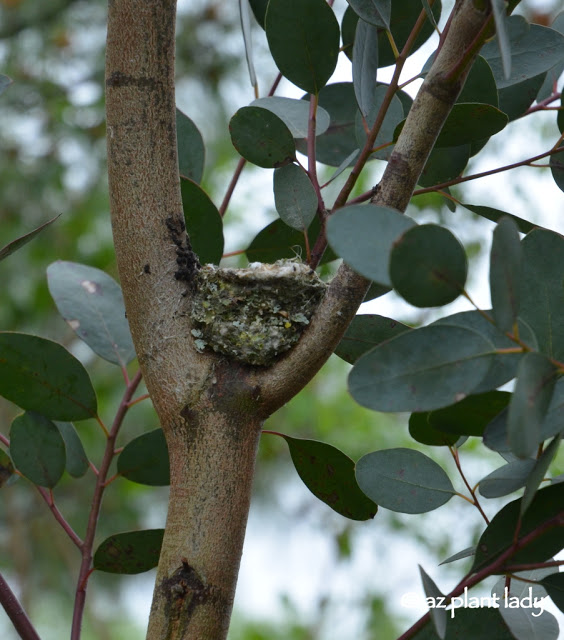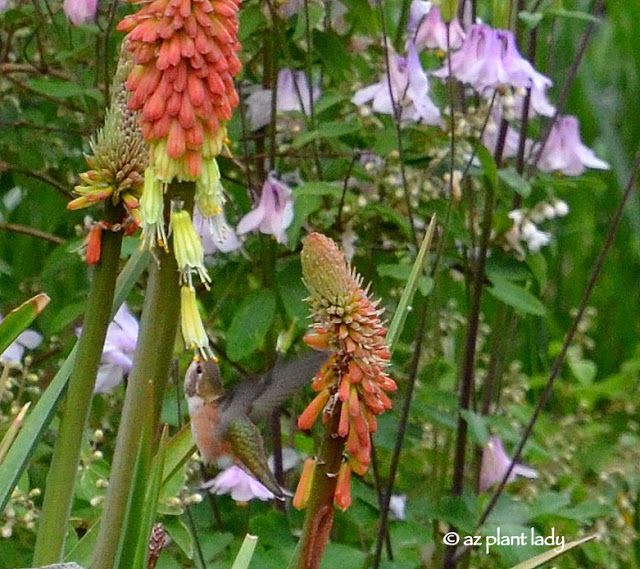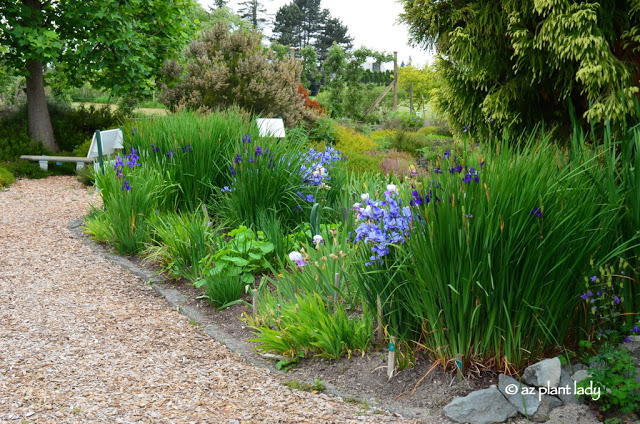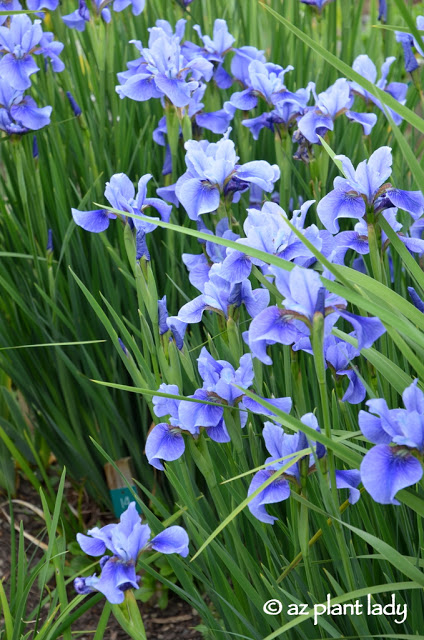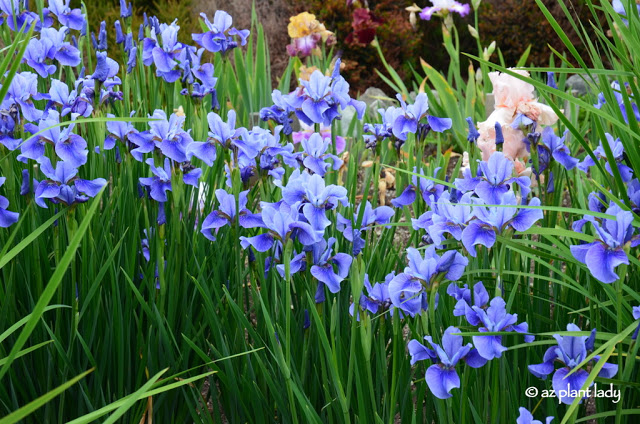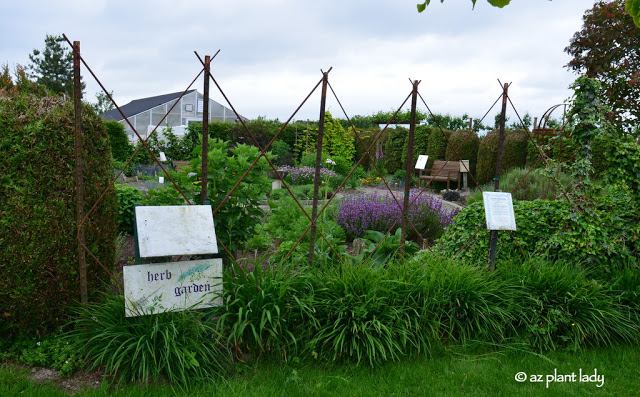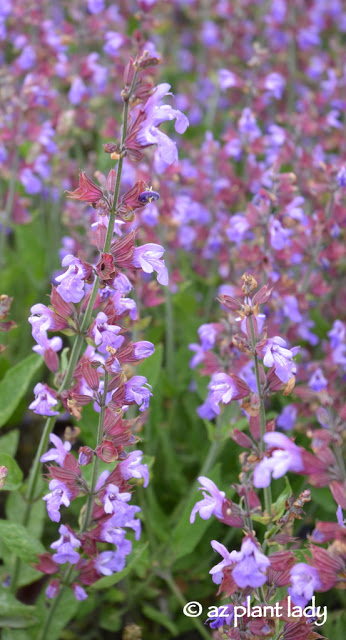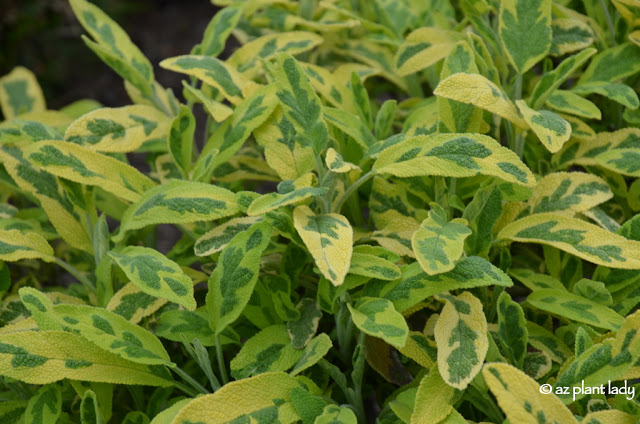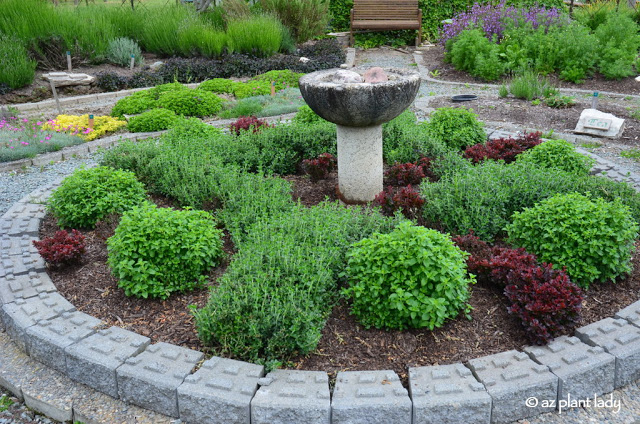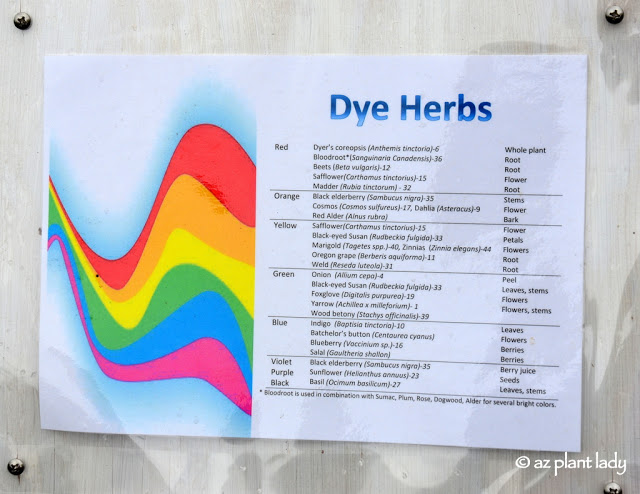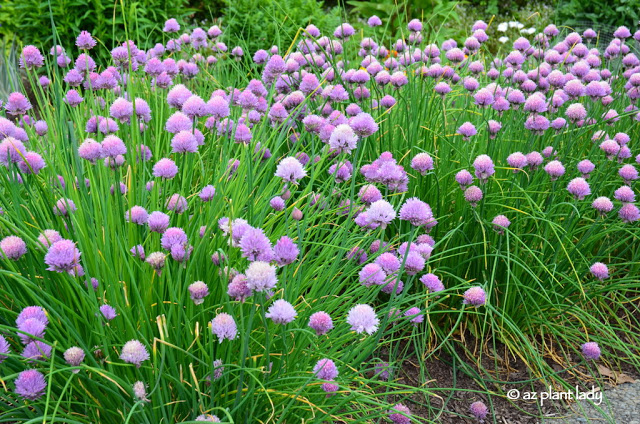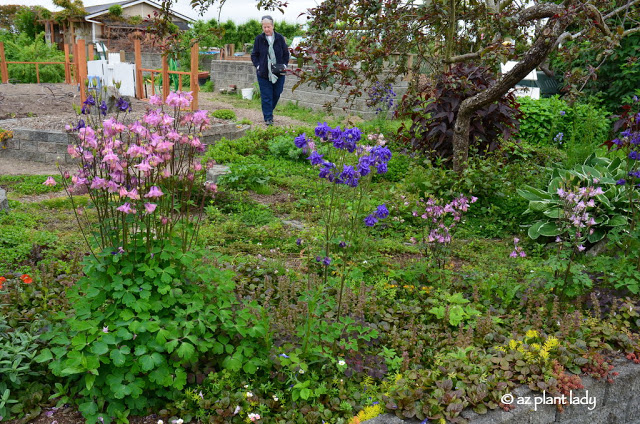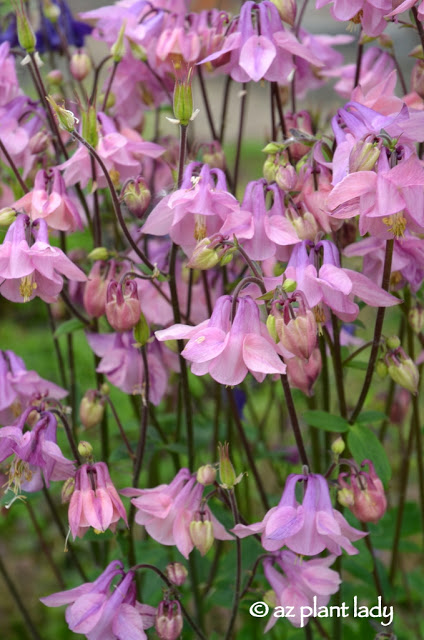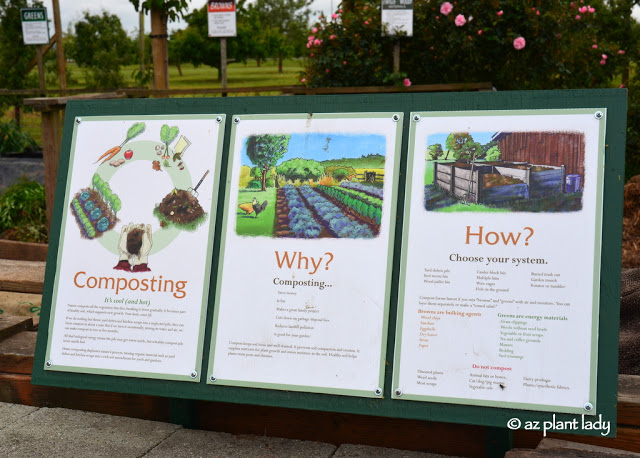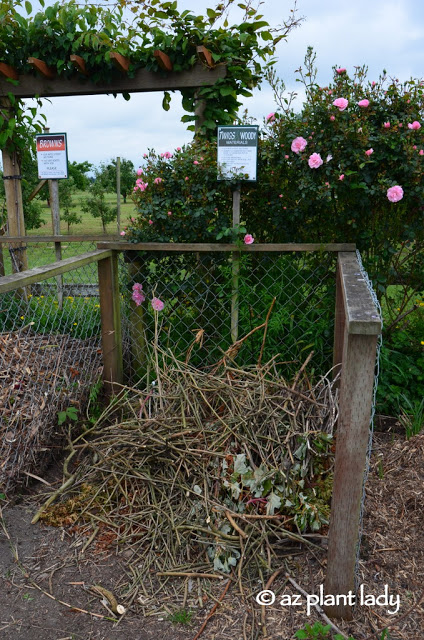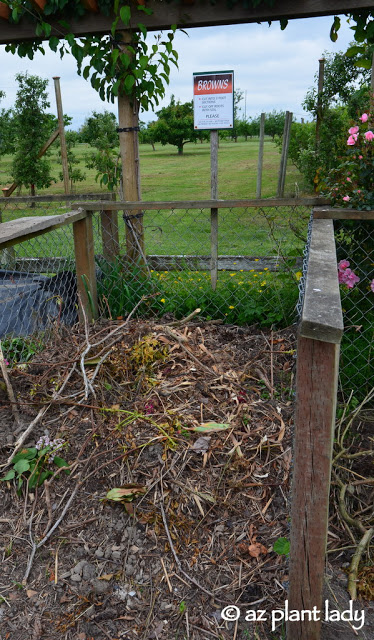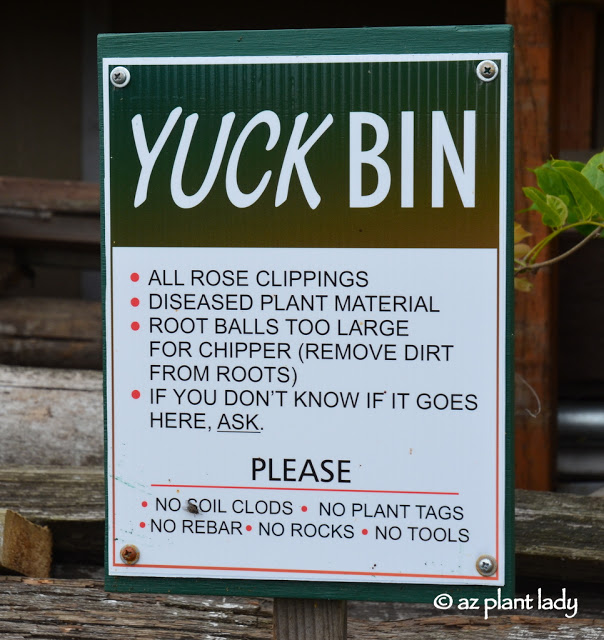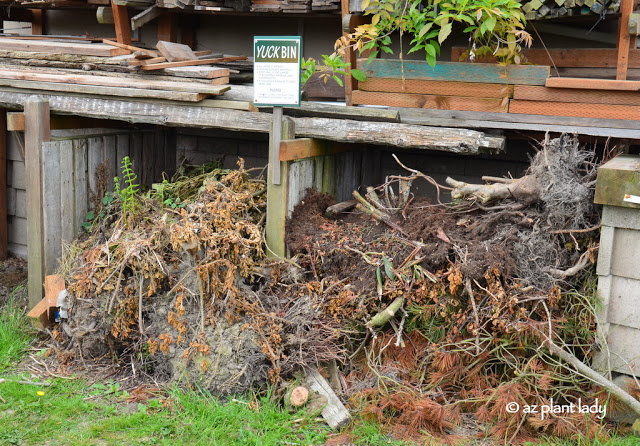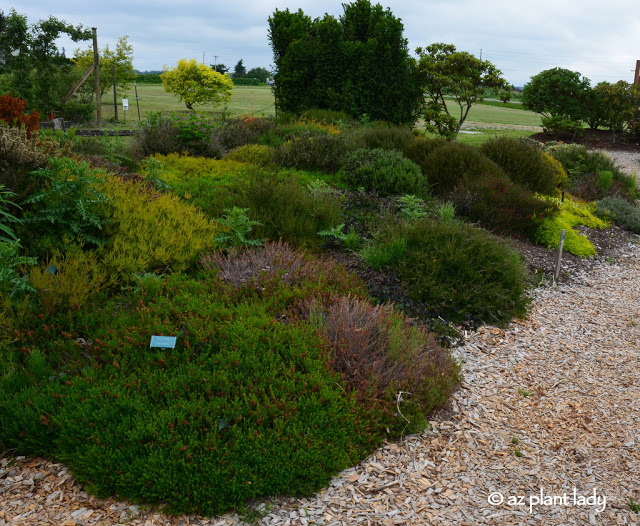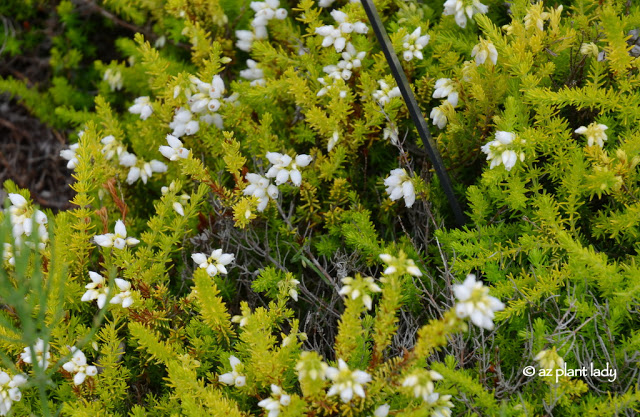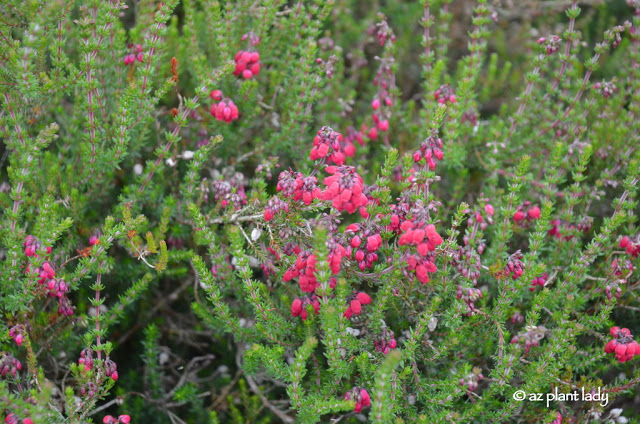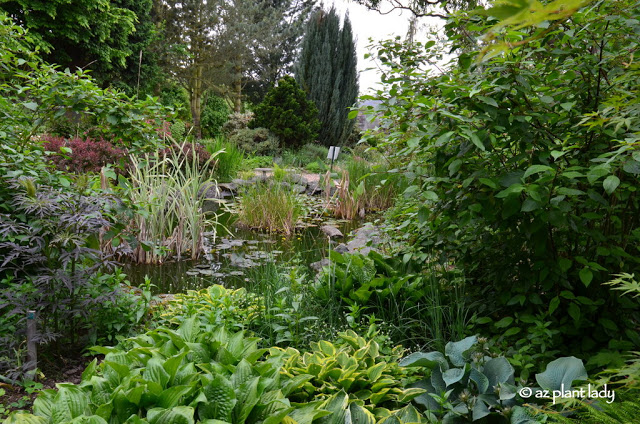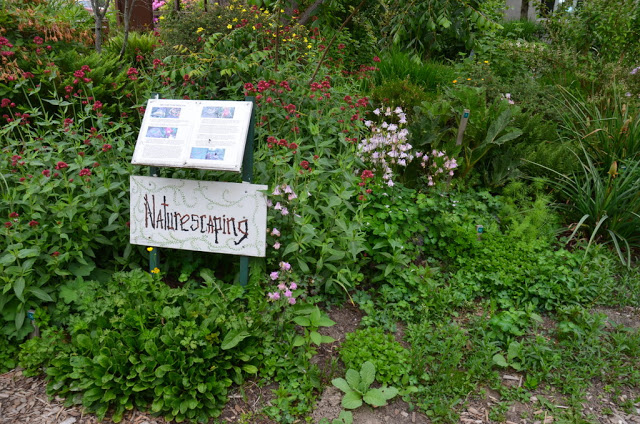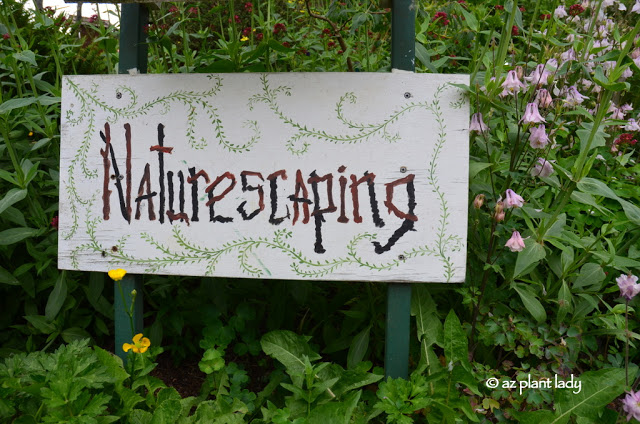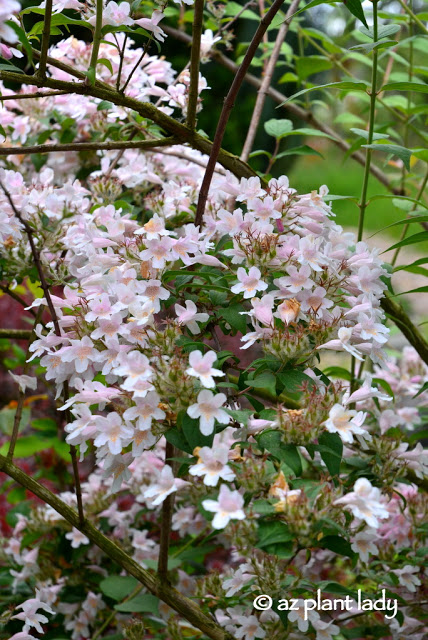Choosing the Right New Plants for Your Garden
Research New Plants Before You Shop
New plants can be planted in the fall with ease. You may notice the lengthening shadows on your way home from work, signaling shorter days. Or maybe you’ve noticed that you aren’t rushing indoors as quickly as you did earlier this summer.
It is time for cleaning up the summer garden and replanting new plants in the fall.
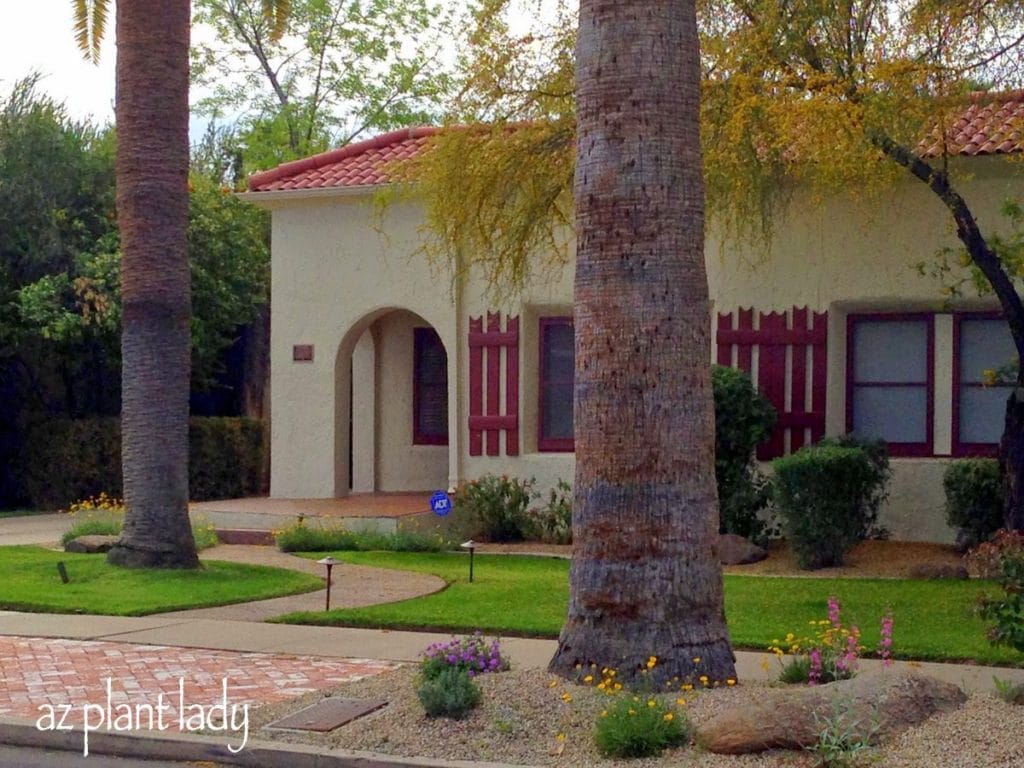
Fall is a time to celebrate the end of hot summer temperatures and what better way to do that than to venture out into the garden again?
Before you rush off to the nursery to shop for new plants, it’s essential to choose the right ones to ensure their successful growth in your garden. Researching your plant choices is the key to avoiding disappointment and wasted resources.
Here are three vital questions to answer before you start planting:
1. What Will Be the Mature Size of Your Plant?
It’s crucial to know how large your plant will grow once it reaches maturity. Neglecting this aspect can lead to overcrowded and overgrown landscapes. Small nursery plants can quickly transform into giants in your garden, potentially overwhelming your outdoor space.
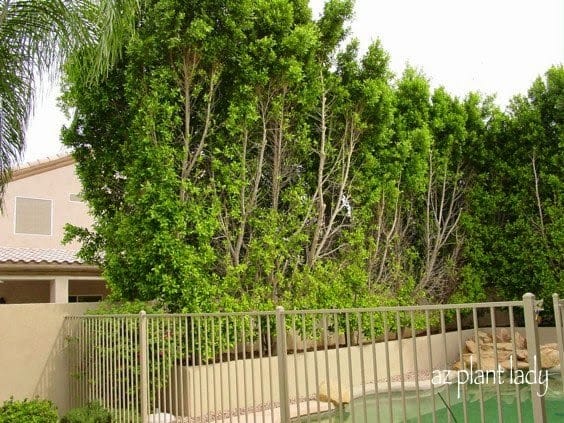
This homeowner had ficus trees planted in the raised bed around their swimming pool.
Now, when you look at this picture, you may be wondering why would anyone plant ficus trees in this area.
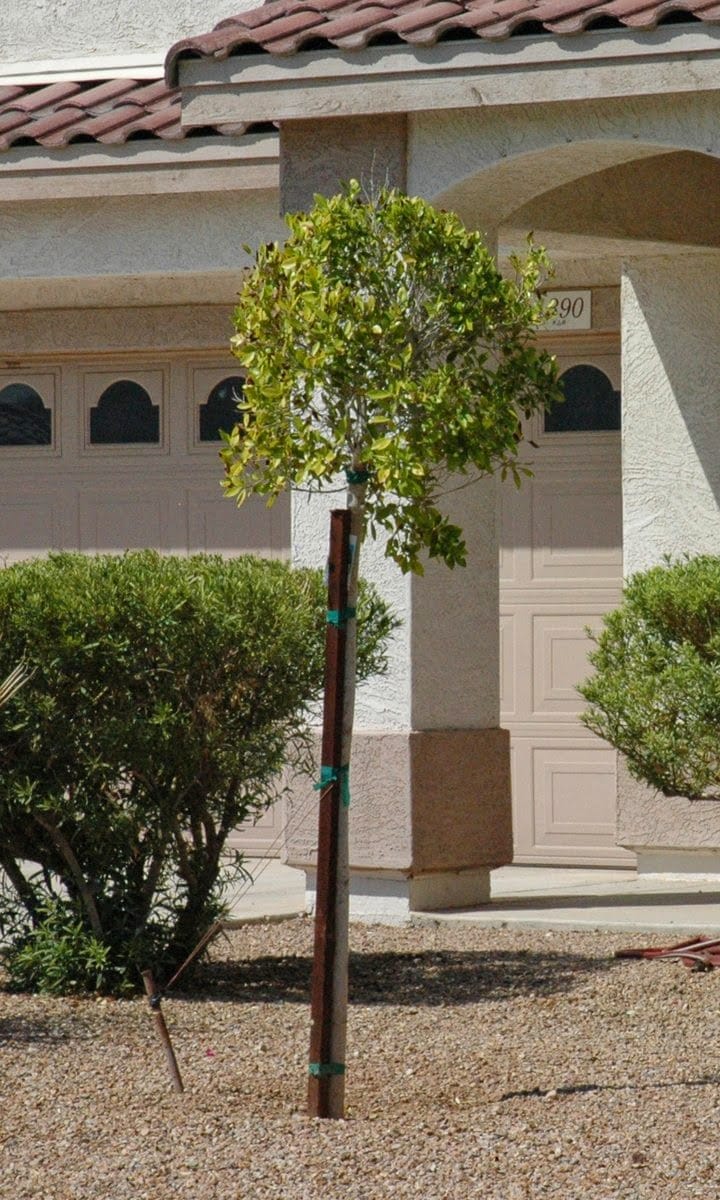
Newly planted ficus tree
Well, it goes without saying that new plants are much smaller than they will be once they are planted and have a chance to grow.
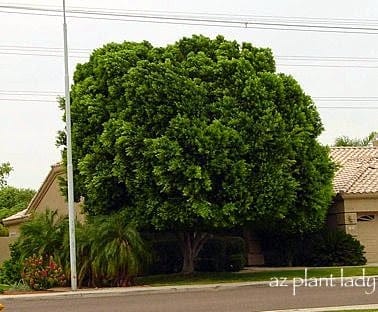
Mature ficus tree.
But, once plants are in the ground and begin growing, that small little plant can increase in size exponentially. In this case, the ficus looks like it is ready to swallow up this house.
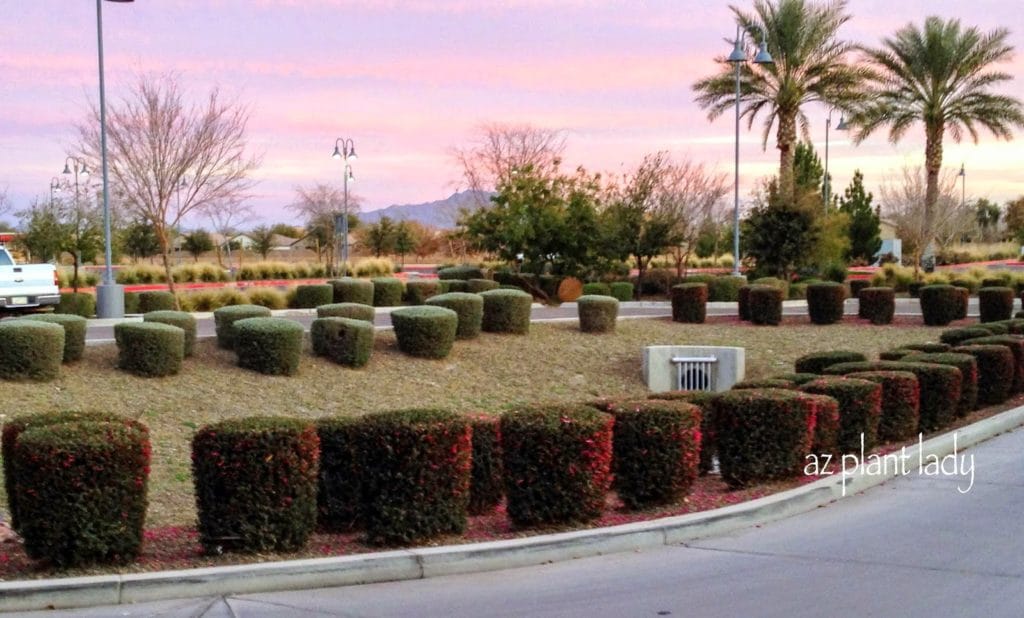
Over-planted shrubs
Another example of not researching the mature size of plants can be seen in many landscapes throughout the Southwest.
In a nutshell, the small 1 foot tall and wide shrub in the nursery can grow more than 10X its original size.
2. What Is the Preferred Sun Exposure for Your Plant?
Understanding the ideal sun exposure for your chosen plants is essential for their health and development. Placing sun-loving plants in the shade or shade-loving ones in full sun can result in leggy growth, fewer leaves, and diminished flowering.
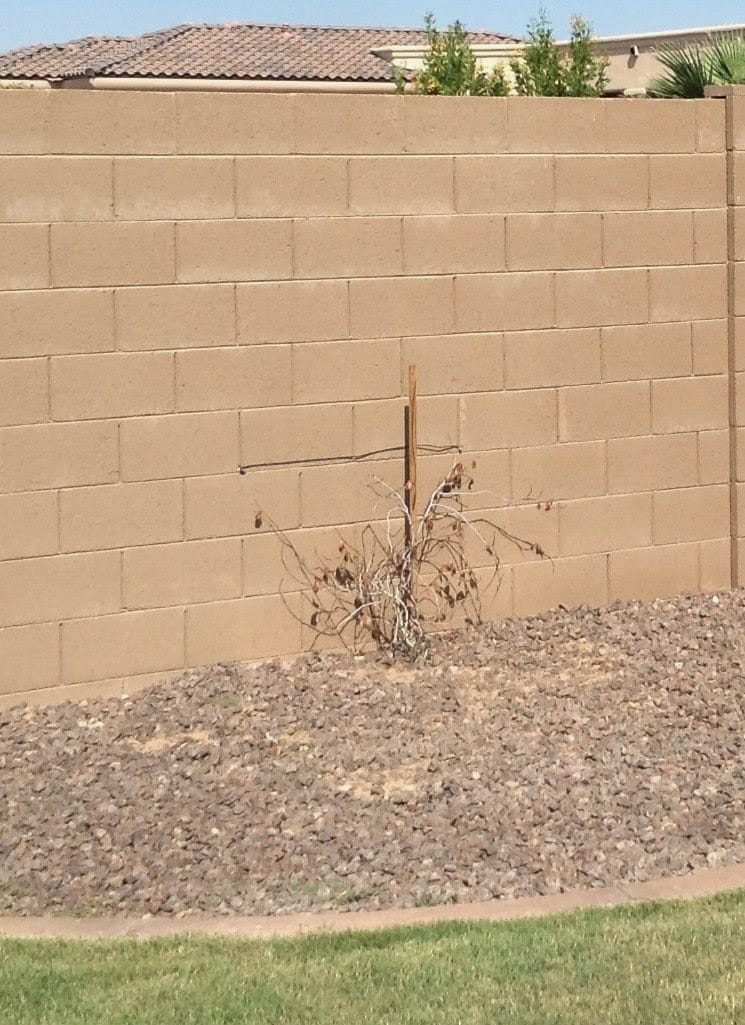
What a plant that does best in filtered shade looks like when planted in full sun.
Conversely, if you place a plant that does best in the filtered shade in an area that gets full, afternoon sun – it will suffer.
You will save yourself a lot of time, money and frustration by simply placing plants in the exposure they like.
3. What Maintenance Does Your Plant Require?
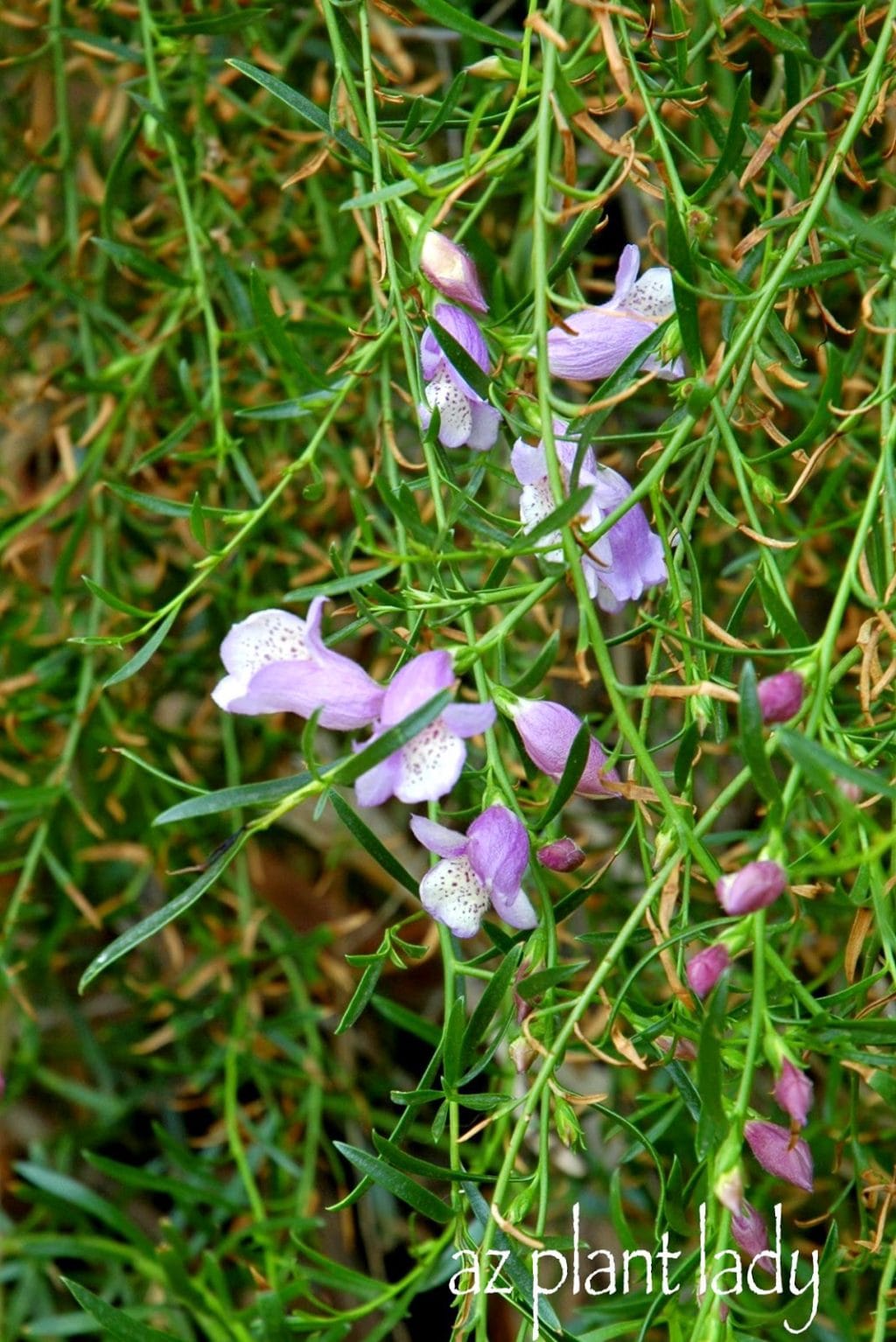
Fuss-free Eremophila ‘Summertime Blue’
Different plants have varying maintenance needs. Some demand frequent pruning, fertilizing, and protection from pests, while others thrive with minimal attention. Choose plants that align with your preferred level of maintenance, and consider native or adapted species for fuss-free gardening.
Some plants need frequent pruning, fertilizing and protection from pests.
Others are what I like to call ‘fuss-free’ and need little else besides water.
The amount of maintenance a plant needs is largely dependent on whether or not it is native or adapted to your client.
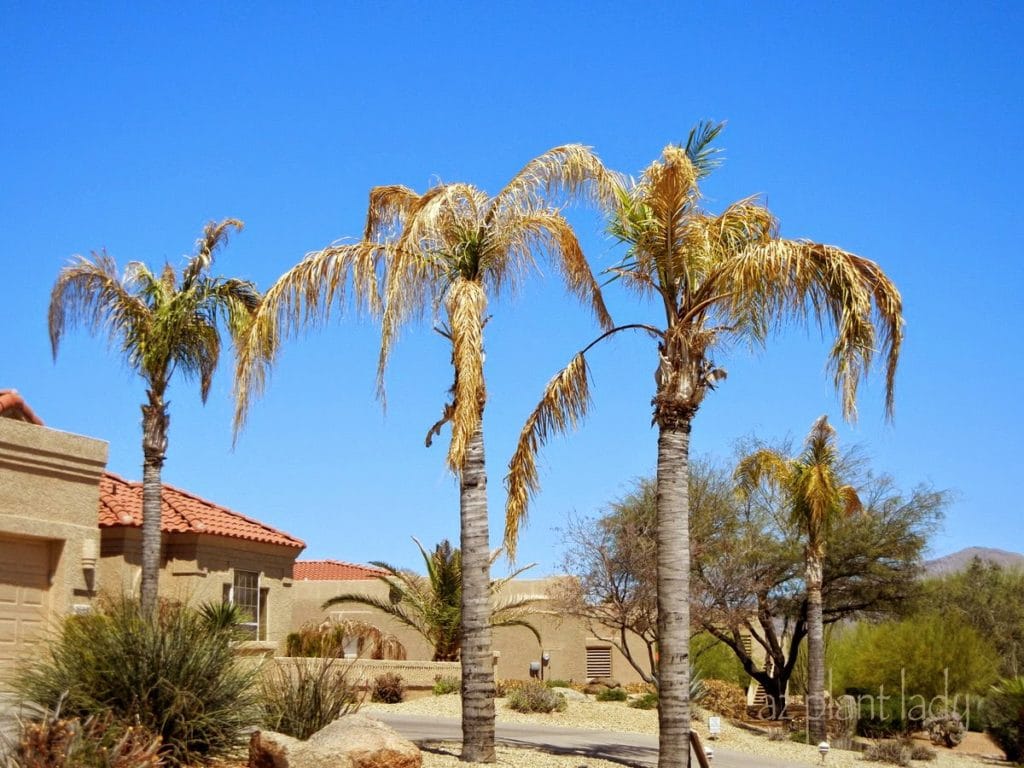
For example in the Phoenix area where I live, queen palms are very popular. The problem is, is that they are not particularly well-adapted to our desert climate.
In fact, it is rare to see a healthy queen palm growing in the greater Phoenix area. Frequent applications of palm fertilizer are required to get them to look okay and even then, they will never look as good as those growing in Florida or California.
I don’t like to fuss over plants except for a couple of rose bushes in my garden, so I am a strong proponent of using native or adapted plants that need little pruning, no fertilizer and aren’t bothered by insect pests.
Now we know three important questions to get answered before selecting new plants for your garden.
Where Can You Go for Local Answers to These Questions?
To find answers to these questions and more, consult resources such as master gardeners, local botanical gardens, and online gardening communities. Armed with knowledge, you can make informed choices when selecting new plants for your garden, ensuring a beautiful and thriving landscape.
Master gardeners are an invaluable resource and their job is to help people learn how to grow new plants successfully. You can call them, email your questions or stop by and talk to them in person.
Take some time to visit your local botanical garden. Write down which plants you like, or snap a photo of them with your phone. Note how large they are and what type of exposure they are growing in.
3 Tips for Fall Planting Success


